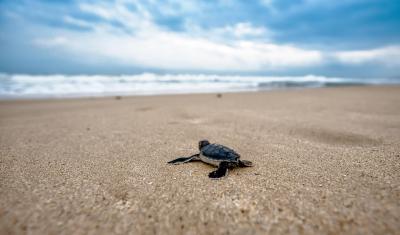Why Are Turtles Disappearing? Top Reasons for Their Decline.
Turtles are primitive reptiles and among the oldest creatures still extant on our planet. They have survived for more than 200 million years.

Tucked away in the centre of Central America, Costa Rica is a haven for biodiversity that draws both environmentalists and wildlife aficionados. From the blue coast to the lush jungles, this little but dynamic country is alive with a dizzying variety of plants and animals. To protect its distinctive ecosystems and wildlife populations, conservation measures are desperately needed in the middle of this breathtaking natural beauty. In this blog article, we explore the efforts, difficulties, and great importance of protecting Costa Rica's natural heritage as we dive into the fascinating realm of wildlife conservation.
Scientists and environment enthusiasts throughout the world are in awe of Costa Rica's incredible biodiversity. Though it makes up a mere 0.03% of the planet's area, this small nation is home to almost 6% of all species on Earth. For those who love wildlife and want to fully experience the wonders of nature, Costa Rica is a sanctuary, home to everything from colourful toucans soaring overhead to secretive jaguars stalking through dark jungles.
One of the most recognizable creatures in Costa Rica's jungles is the magnificent quetzal, which is valued as a symbol of freedom and beauty by native communities. While the stealthy ocelot prowls stealthily through the undergrowth, the scarlet macaw offers a splash of colour to the emerald canopy with its brilliant plumage. The seas of Costa Rica are similarly varied, brimming with marine life that includes colourful reef fish, playful dolphins, and majestic humpback whales.
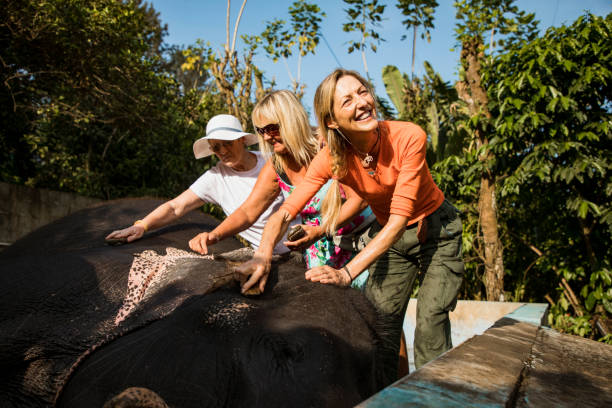
Realising how important it is to protect its natural legacy, Costa Rica has made great progress in protecting its species. The nation's conservation endeavours comprise an extensive array of programs designed to preserve land and marine environments.
Making an effort to repair damaged habitats is essential to guaranteeing Costa Rica's wildlife's long-term survival. In order to give animal corridors for unrestricted movement, reforestation initiatives work to reconnect fragmented habitats and replace deforested areas. Organisations like the Costa Rican Conservation Foundation (CRFC) put up a lot of effort to restore damaged habitats and replant native species.
Many of Costa Rica's endangered species, such as the well-known sea turtles that nest along its shores, are seriously threatened by poaching. Authorities have strengthened surveillance in protected areas and imposed strict anti-poaching procedures in an effort to counter this menace. Throughout the nesting season, coastal ranger patrols keep an eye on turtle nesting beaches to prevent poaching and protect the safety of the nesting turtles and their hatchlings.
The foundation of Costa Rica's conservation efforts is scientific study, which offers important insights on the ecology, behaviour, and state of conservation of the country's species. International researchers travel to Costa Rica to investigate its varied ecosystems, covering a wide range of topics from the effects of climate change on coral reefs to tropical bird populations. These studies not only advance our knowledge of Costa Rica's biodiversity but also help shape legislation and conservation plans.
The long-term viability of wildlife conservation programs depends on including local communities in conservation efforts. Outreach and education initiatives seek to educate people about the value of protecting biodiversity and to provide communities the tools they need to take care of their natural resources. Both residents and tourists can learn about Costa Rica's wildlife and the value of preserving it for future generations through community centres, schools, and ecotourism projects.
In Costa Rica, organisations from both domestic and foreign sectors collaborate to accomplish shared objectives in the field of conservation. Effective conservation policies and resource maximisation depend on collaborations between government agencies, non-governmental organisations, research institutions, and local people. These collaborations encourage originality, inventiveness, and a sense of shared accountability for preserving Costa Rica's priceless natural heritage.
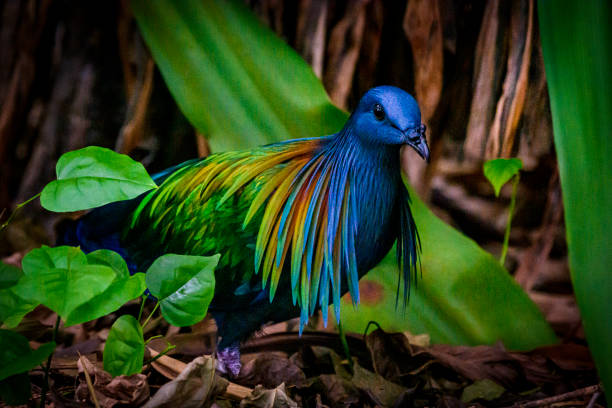
Notwithstanding the advancements in the preservation of wildlife, Costa Rica still faces numerous obstacles endangering its rich biodiversity. Major challenges to wildlife populations continue to include habitat loss and fragmentation brought on by urbanisation, infrastructural development, and agricultural expansion. More difficulties are brought about by climate change, which modifies ecosystems and habitats, and the illicit wildlife trade keeps abusing weaker species.
Nevertheless, these difficulties also present chances for advancement and constructive development. A potent instrument for conservation, sustainable ecotourism offers financial rewards for preserving natural regions and aiding local populations. While enjoying Costa Rica's natural beauties up close, tourists can directly assist conservation efforts by encouraging responsible tourism behaviours and patronising eco-friendly businesses.
Costa Rica has a vast network of protected areas, including national parks, wildlife refuges, and biological reserves. These protected areas act as sanctuaries for a wide variety of animals, offering critical habitat and protection from human encroachment. Corcovado National Park, Monteverde Cloud Forest Reserve, and Tortuguero National Park are popular places that provide unique chances for wildlife observation and conservation education.
Many conservation organisations in Costa Rica provide volunteer and internship opportunities for persons who are concerned about animal conservation. Participants can contribute to ongoing research and conservation programs like sea turtle monitoring, bird banding, and habitat restoration. These programs offer essential hands-on experience and promote a better knowledge of environmental challenges.
Costa Rica leads the way in novel conservation measures, such as using technology to monitor wildlife populations and trace poaching activity. Drones, camera traps, and satellite photography are used to collect data on wildlife movements and activity, which helps with conservation planning and enforcement operations. Furthermore, sustainable farming approaches like agroforestry and organic farming help to preserve biodiversity while also supporting local livelihoods.
Several species in Costa Rica are the subject of intensive recovery and reintroduction projects aiming at reversing population reductions. One famous example is the return of the endangered scarlet macaw to its natural territory on the Osa Peninsula. Conservationists are attempting to restore ecosystem balance by captive breeding and releasing viable wild populations of this iconic animal.
The long-term viability and sustainability of wildlife conservation initiatives depend on involving local communities in conservation efforts. Community-based conservation initiatives give locals the power to influence decisions, create other means of subsistence, and profit from ecotourism. Communities become engaged participants in conservation initiatives when they are encouraged to feel a feeling of pride and ownership for their natural heritage.
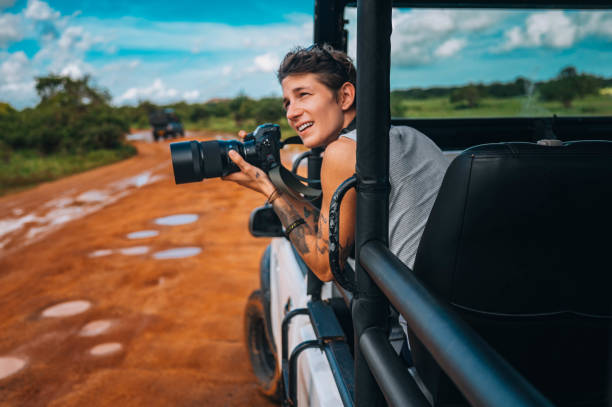
To save its wildlife and natural environments, Costa Rica has put strict rules and restrictions in place. The majority of native species are forbidden from being hunted or captured, and those who do so face harsh penalties under the Wildlife Conservation Law (Law No. 7317). Costa Rica also shows its dedication to worldwide conservation efforts by becoming a party to conventions like the Convention on Biological Diversity and the Convention on worldwide Trade in Endangered Species of Wild Fauna and Flora (CITES).
Costa Rica is taking proactive steps to increase the resilience of its ecosystems as the effects of climate change pose greater risks to biodiversity. Organisations dedicated to conservation are putting climate adaptation plans into action. These include planting trees that are robust to climate change and establishing wildlife corridors that allow different species to travel freely in response to shifting climatic conditions. The goal of these initiatives is to protect Costa Rica's biodiversity from the effects of a quickly changing climate.
Education is essential for creating a culture of environmental stewardship and raising conservation awareness among residents and tourists alike. Programs for environmental education in schools, interpretive centres, and ecotourism efforts provide chances for experiential learning in the natural world. Through fostering a sense of accountability and reverence for the environment, these programs motivate people to take action in defence of Costa Rica's priceless biodiversity.
Conservation genetics goes a long way toward explaining the genetic diversity and population dynamics of endangered species. Genetic techniques are used by researchers to assess the health of wildlife populations, select individuals for breeding programs, and create conservation management strategies. To preserve genetic diversity and guide conservation efforts, Costa Rica has conducted genetic research on a variety of species, such as amphibians, sea turtles, and jaguars.
When tackling transboundary conservation issues, Costa Rica frequently works in conjunction with its neighbours to save wildlife. Costa Rica borders Panama and Nicaragua; hence, coordinated action and collaboration amongst various stakeholders are necessary to maintain shared habitats, such as the Mesoamerican Biological Corridor. Initiatives spanning international borders prioritise habitat connectivity, biodiversity monitoring, and sustainable resource management to guarantee the preservation of species that move across borders.
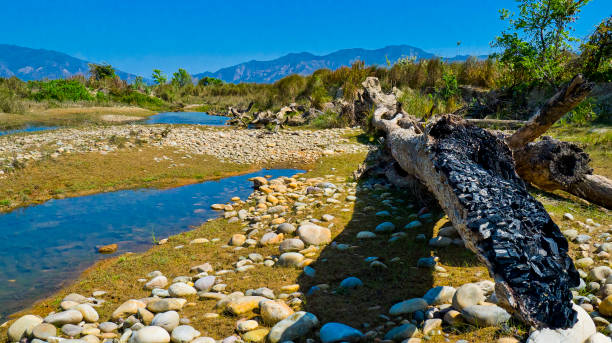
In order to lessen the strain on natural resources, alternative livelihoods that are in line with the preservation of wildlife must be promoted. Conservation organisations seek to promote sustainable alternatives, such as eco-friendly agriculture, eco-tourism endeavours, and the manufacture of handicrafts using sustainable materials, in rural communities where traditional livelihoods may involve activities like hunting or logging. Through the provision of market access, resources, and training, these initiatives enable communities to flourish while safeguarding the environment.
Instilling environmental principles in the next generation and promoting a culture of conservation can be effectively achieved through education. The National System of Conservation Areas (SINAC) of Costa Rica runs environmental education centres and initiatives that provide instructors, students, and the general public with interactive educational opportunities. These programs inspire a new generation of environmental stewards by addressing issues including protected areas, sustainable development, biodiversity, and ecosystem services.
Volunteers participate in scientific research and monitoring projects as part of citizen science initiatives, which use the public's collective capacity to gather data and support conservation efforts. Programs for citizen research in Costa Rica cover a wide range of subjects, including biodiversity mapping, sea turtle nesting studies, and bird monitoring. These programs encourage public participation in conservation and offer useful information for decision-making by including local people and tourists in data gathering and monitoring.
Through corporate social responsibility (CSR) projects and partnerships, collaboration between conservation organisations and private sector entities, including firms and businesses, can lead to positive conservation outcomes. For instance, Costa Rica's ecotourism sector has collaborated with conservation organisations to promote community development programs, wildlife conservation efforts, and habitat restoration. These collaborations produce win-win situations that enhance the economy and the environment by bringing business interests and conservation objectives into harmony.
Building a healthy future for wildlife and ecosystems requires including youth in conservation efforts and leadership positions. Young people in Costa Rica can engage in environmental advocacy, practical conservation initiatives, and leadership development exercises through youth conservation programs. These programs foster a sense of ownership and responsibility for the natural world in the next generation of conservation leaders by giving young people the opportunity to actively participate in developing conservation policies and practices.
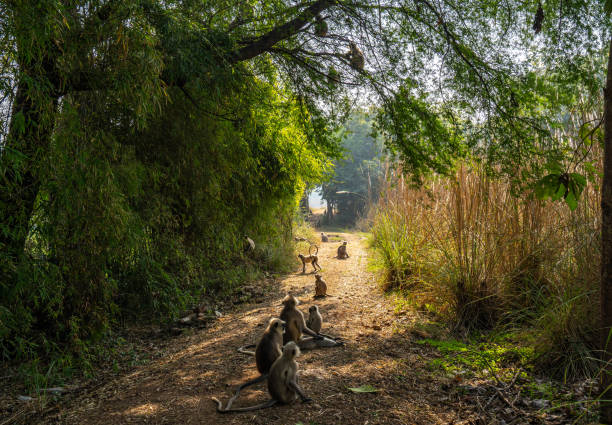
"Animal Rights, Human Wrongs," in the words of environmental philosopher Tom Regan, sums up how humans and the natural world are intertwined. In Costa Rica, protecting wildlife is not just an obligation but also a shared responsibility to preserve the diverse range of life that exists there. Costa Rica keeps paving the path for a more sustainable and peaceful coexistence of humans and environment by upholding the values of environmental stewardship, encouraging cooperation, and strengthening local communities. As we set out on our conservation trip, let us keep in mind that the future of Costa Rica's wildlife is in our hands. Working together, we can make sure that biodiversity and the natural world will flourish for many years to come.
Software designer, founder, and amateur astronaut.
I’m Spencer, a software designer and entrepreneur based in New York City. I’m the founder and CEO of Planetaria, where we develop technologies that empower regular people to explore space on their own terms.

Turtles are primitive reptiles and among the oldest creatures still extant on our planet. They have survived for more than 200 million years.
White sharks, popularly known as Carcharodon carcharias or great white sharks, represent one of the most distinctive forms of oceanic life.
Volunteering abroad is to volunteer a trip and experience gaining to use it as a positive change in communities, to acquire learning to unknown cultures, and the great self-growth process
Get weekly inspiration delivered right to your inbox!
Sign in with
Currency
